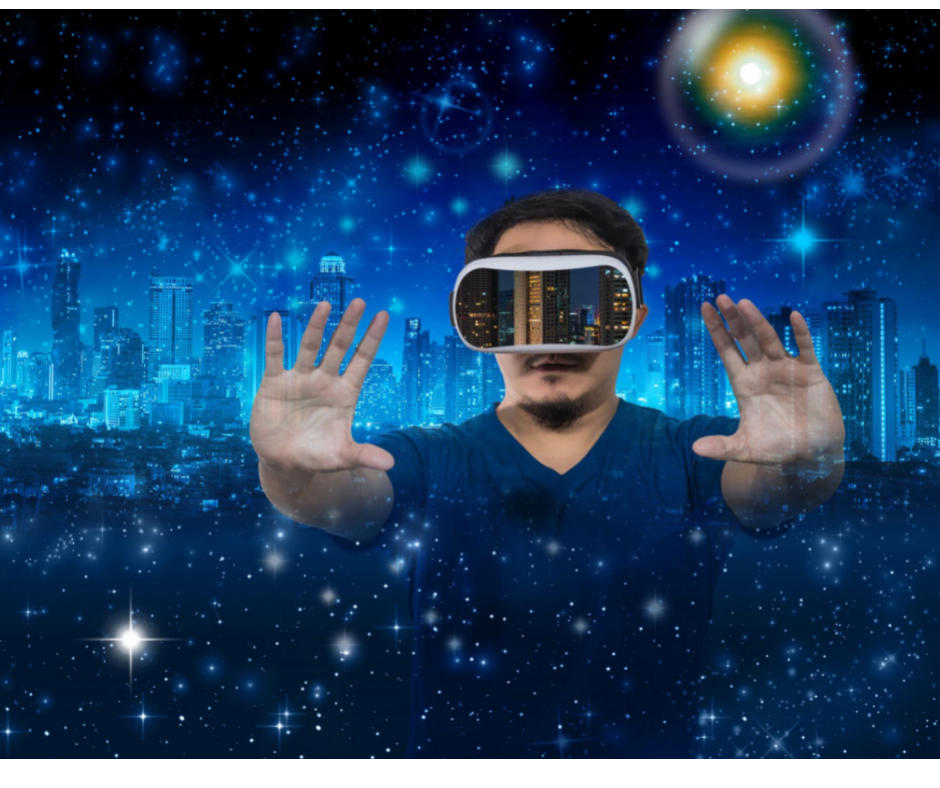Virtual Reality (VR) is the next step in medicine. A good Virtual Reality experience can be transformative for patients and clinicians.
We are about to start a new world, a world where anyone, anywhere, at any time, can train their brain in a series of virtual reality sessions and then take that training and apply it on a daily basis in their lives. This is what I call “virtual reality in digital health”.
There are already millions of people around the world who have purchased or rented these devices.
The question is: how can we use this technology to help patients get better? How can we make virtual reality an integral part of our care? The answer is quite simple: Virtual Reality has been shown to be just as effective as physical therapy, if not more effective at helping people recover. It’s just that this technology was never accessible to them before.
We now have a chance, both literally and figuratively, to change that by helping patients get better through VR technologies. This is not just about the future of healthcare; it’s also about making it happen faster for more people, helping more people in less time. If we fail on either count, we fail at being great at what we do and being successful for everyone for whom we work.
A look at the healthcare industry, how it’s changing, and how technology can help
Virtual Reality (VR) is the next step in medicine. Today, doctors visit patients in the “physical world” using a variety of technology, including x-ray machines, ultrasound and CT scans. But doctors aren’t always comfortable with this technology, and it can be difficult to get around the physical limitations.
Then comes the “virtual world.” We can now use VR to make patients feel like they are sitting in a room with us, rather than hiding behind a screen. If a patient has had radiation therapy for cancer, they may feel like they are sitting on a couch with us as we describe how their treatment worked. If they have been through chemotherapy, they may feel like they are sitting down with us as we describe what side effects their treatment had.
These types of experiences were first used in medical education during the early 19th century; today, VR is being used successfully in dentistry and ophthalmology. It’s important to note that this post is not about virtual reality specifically; it documents how VR will influence our lives for years to come…
How digital health is helping patients
Let’s start with the basics. Virtual Reality is a technology that has been used for years to create immersive 3D environments for games, movies and TV. It was originally designed to make it easier for surgeons to see through a patient’s skin to make a diagnosis or perform procedures, and has also been used by pilots and firefighters to display their abilities on the fly, so they don’t have time to look down at a notebook.
The core idea behind VR is simple: users are in an environment that feels like the real world, where they can interact with other people and objects. It is not just a different way of seeing things but also of interacting with them: being able to look around is as important as being able to touch them; you don’t want your hand looking up while someone else holds it down.
The possibilities seem limitless, but there are some restrictions, especially when it comes to privacy issues related to video recording devices like smartphones. So I am going over some basic safety tips for today’s virtual reality users: You should check if your device supports 360 degree tracking before buying one.
Why virtual reality is going to be a huge part of healthcare
So, I’ve been working with hospitals for the last few years and have seen firsthand how virtual reality can help patients. There are a lot of hospitals around the world that are using VR technology.
Virtual reality technology is making it possible to treat patients who don’t want to even try traditional treatments because they don’t believe they will help them.
In the last few years, virtual reality (VR) has become a hot topic in the gaming world, after years of hype. It’s probably not a surprise then that we’re excited about its potential in digital health, including medicine and therapeutics.
A good VR experience can be transformative for a patient. In one VR-supported case series, a patient was able to better assess the function of their disease-related muscle spasticity using an immersive experience within their therapy center. The patient reported that the experience helped her feel more immersed in her condition and made it easier to engage with treatment, ultimately improving her quality of life.
These kinds of experiences should be our goal when we think about health care in the future. What better way to encourage patients to participate than by getting them immersed in an immersive VR experience?
I was inspired to write this article after my conversation with Denise Silber, Digital Health and VR Communicator & Influencer. In this episode, we talked about digital health and the impact of virtual reality in healthcare. Denise also gave amazing insights on where digital health is heading, plus a perspective on how technology is helping patients.
Watch Episode #60 of Digital Health & Wearables Series:
Contact us for more relevant details. To find out more about how we can help you with your Digital Healthcare Transformation, Healthcare organizational growth, or Healthcare brand positioning, please get in touch via phone +44 (0) 203 3620421 or via e-mail: info@digitalsalutem.com





